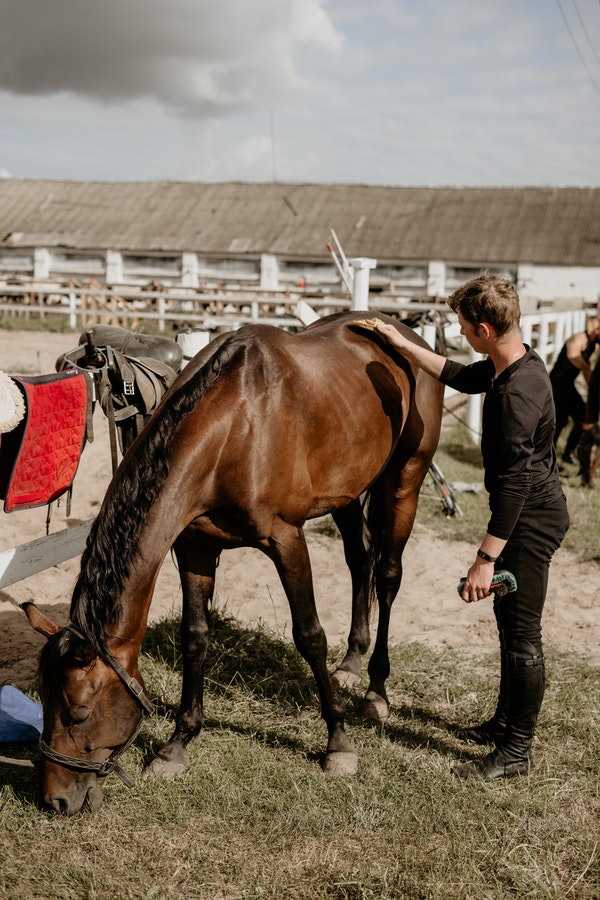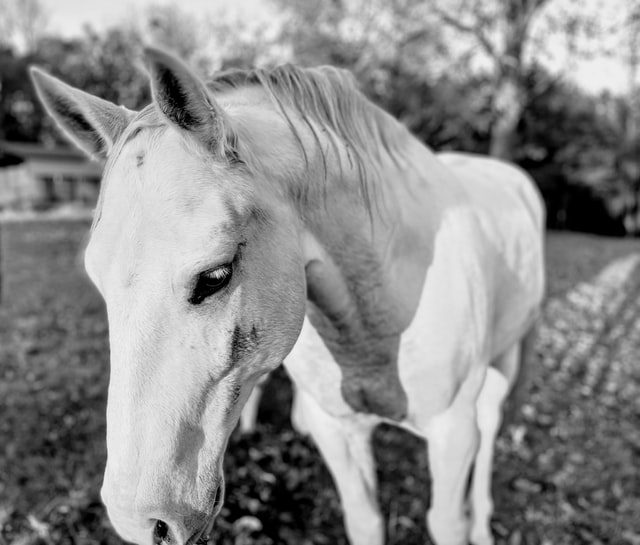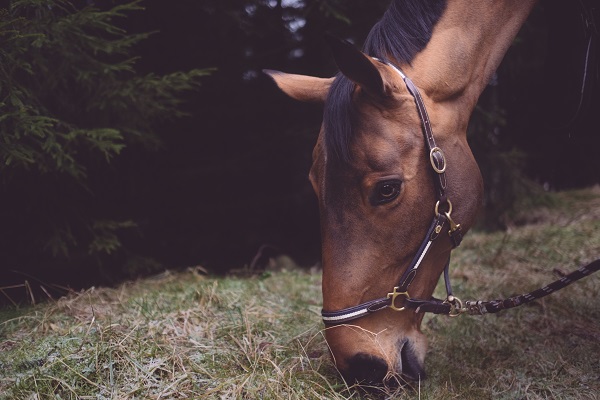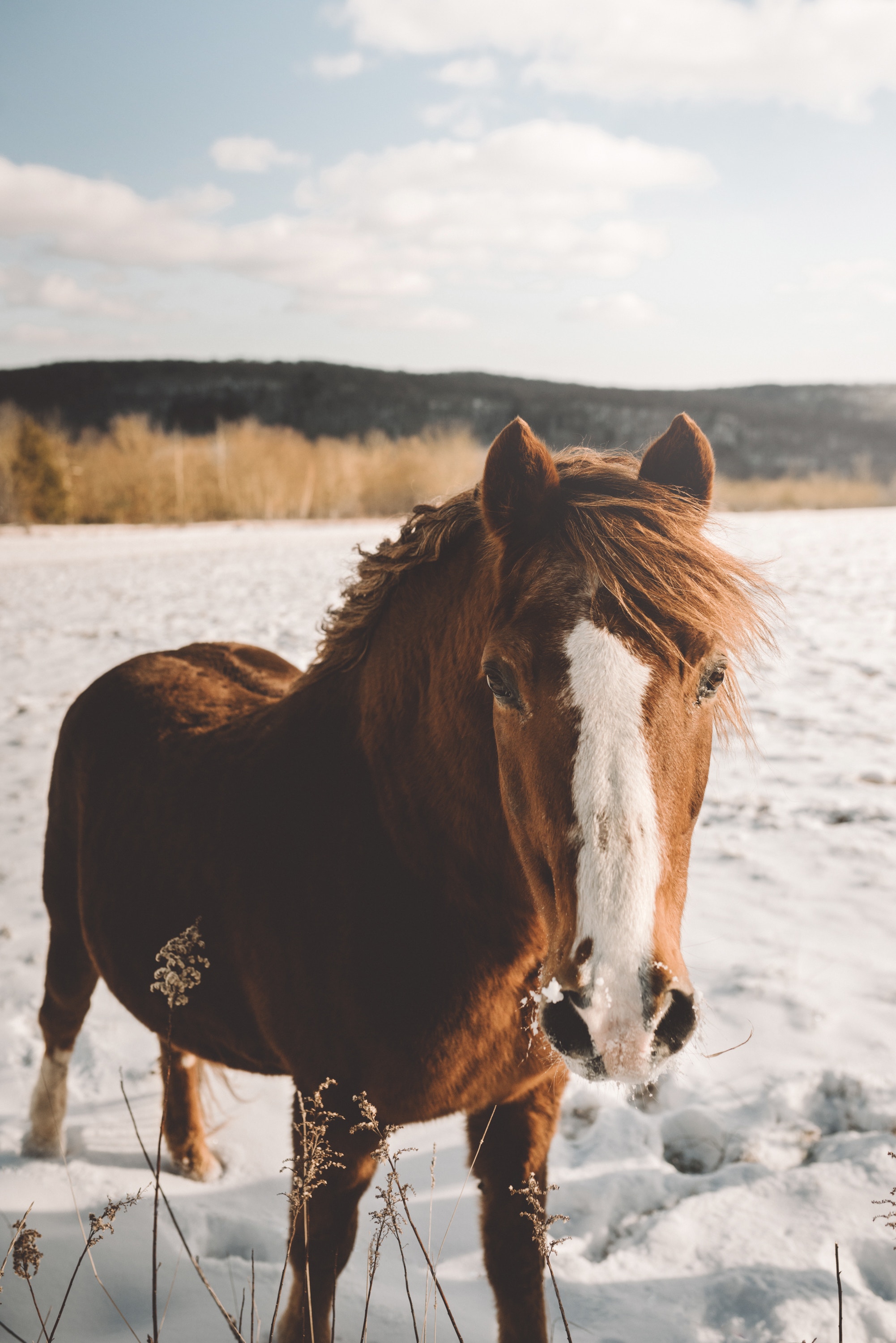How to Properly Clean Your Horse’s Hooves
Cleaning, or picking out, your horses hooves should be part of your daily horse-care routine.
Picking out your horse’s hoof will prevent your horse from getting bruises from stones, diseases such as thrush and white-line disease and will let you get ahead of any damaging cracks or laminitis.

Picking out a hoof is something most equestrians are taught at an early age, but if you’re getting into horses later in life, or don’t have the benefit of a local trainer, you may never have been taught how to do it properly.
Then, of course, there are things that I’ve learned only from picking out thousands (if not tens of thousands) of hooves that you’re never actually taught.
For that reason, I wanted to write this very simple, very basic post on how to properly pick out your horse’s hoof.
Why Pick Out a Horse’s Hoof
1. Stone Bruises
Thousands of years ago wild horses would travel 30 to 40 miles a day over varied terrain and through different weather.
Most domesticated horses, though, barely walk one mile around their very boring paddock.
Whether your horse is stalled primarily or turned out, chances are their feet are packed with mud and manure.
I’m sure at one point this hoof designed served a biological purpose, but in our modern horse management system they simply do not move enough to knock out that crud.
Oftentimes little rocks can get lodged in that mud and muck.
If you don’t pick out your horse’s hoof before you start riding, you have the potential to repeatedly jam that stone into the soft frog or sole of the hoof as the hoof hits the ground and it weight-loaded.
This causes stone bruises that are not only painful, but can also sideline your riding and training.
2. Thrush and White-Line Disease on a Horse’s Hoof
Another symptom of having mud and muck on the hoof for long periods of time is that it creates a dark and moist environment which thrush loves.
Thrush is a fungal infection with a very distinct odor, and black or white flakes when you pick it out the hoof.
I wrote an entire post on what thrush is and how to prevent and treat it if you want to learn more.
3. Check For Cracks or Loose Nails
In addition to promoting the health of the hoof, picking out your horse’s hooves daily also serves as a visual inspection.
If your horse has shoes on, you’ll be able to see loose or missing nails, or any areas where the hoof has pulled away from the shoe.
If your horse is barefoot, you’ll be able to see any cracks developing or any issues with the frog.
What You’ll Need
Luckily, all you need to pick out your horse’s hooves is a hoofpick.
I personally like the ones that have a brush on the opposite side of the pick for brushing away the loose dirt and grass.
Like this one from Horze.com:
Check out my complete list of what you need to have in your grooming kit.
How to Stand
As with all things horses, safety is incredibly important.
Standing the wrong way could invite a kick, a stepped-on foot or worse.
To begin, you may need to tie your horse to ensure he doesn’t walk away from you.
I’ll have an entire post on how to properly tie a horse as well.
With the horse secure, begin at the front leg facing to horse’s rear.
Traditionally most people begin with the horse’s left hoof, but your horse should be trained to accept either side.
While picking out the hoof, you will want to press your shoulder into your horse as well, to let him know you’re there, but don’t allow him to lean his weight on you.
Another consideration, when you’re bent over cleaning out the hoof, is to keep your face above the bottom of his belly or leaned to the side.
If the horse suddenly jerks his foot up, you do not want your face to be in the line of fire.
How to Ask for the Hoof
Facing the horse’s backend, place the hand that is closest to him on his shoulder to let him know you’re there.
Run your hand down his leg to the back of his canon bone.
Beginning just below his knee or hock, gently squeeze the tendon that runs behind his cannon bone.
For a well trained horse, this will be enough and he will lift his hoof for you.
If your horse is less well trained, or simply lazy, you may need to lean your shoulder into him a little, shifting his weight to the opposite leg.
If this is still not enough, you can gently squeeze his chestnut or if he has feathering below his pastern you can grab this and pull up.
If this is still not enough, I recommend revisiting his training and teaching him out to pick up his hoof with less fight.
How to Hold the Hoof Pick
Most beginners start by holding the hoof pick like they would a toothbrush.
This is fine for more delicate work, but they often get frustrated with their lack of progress.
To begin, hold the hoof pick upside-down like a hammer.
How to Pick Out The Hoof
With the hoof secure in your non-dominant hand, and the hoofpick upside-down like a hammer, press the pick into where the groove of the frog would be.
Then, using a lever-type motion, flick out the dirt clod.
Once the large clumps are out, clean out the grooves along the frog well, and the ring around the rim of the hoof where the hard hoof wall meets the soft sole if your horse is barefoot.
Then, if your hoof pick has a brush on the other side, turn it over and brush away any remaining dirt.
Once the hoof is clean to your liking, gently place the hoof back down on the ground.
I often see beginners simply drop the hoof which bangs uncomfortably against the ground.



